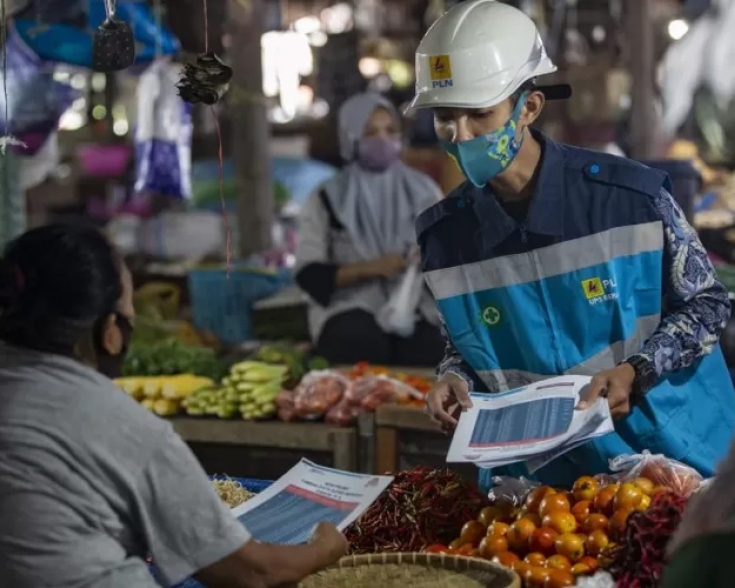Singapore Prepares for Higher Haze Risks
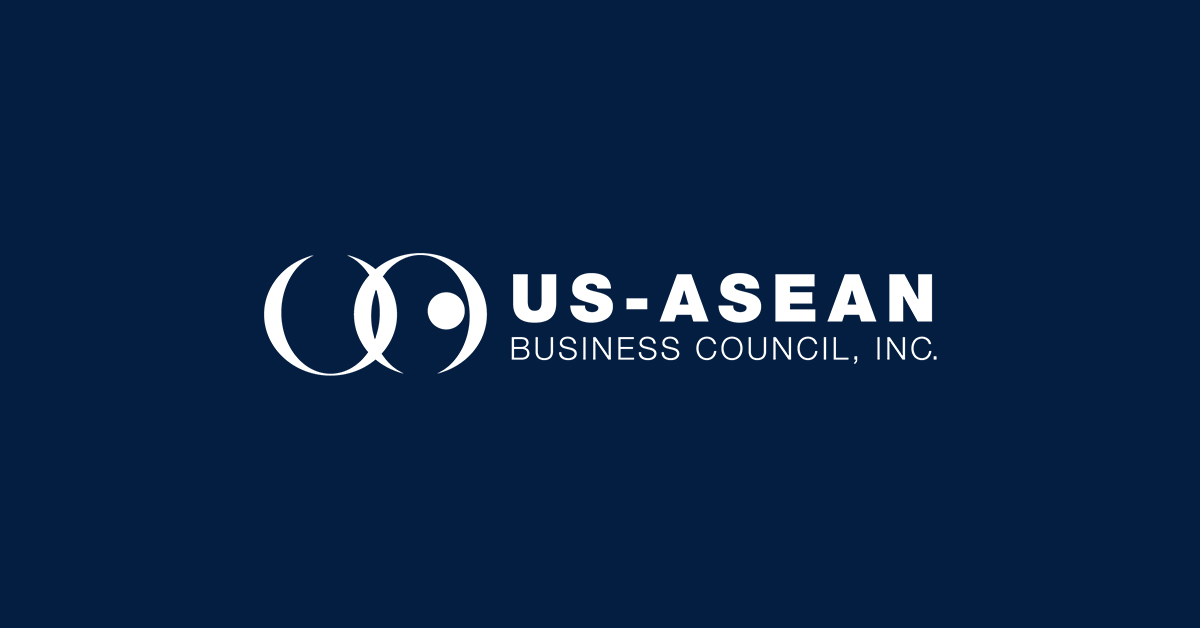
Singapore, along with other regions in southern Southeast Asia, will be witnessing a higher risk of haze between June and October. According to the ASEAN Specialized Meteorological Center (ASMC), this may lead to a more intense and prolonged dry season compared to recent years. This phenomenon is associated with a high likelihood of El Nino conditions and a positive Indian Ocean Dipole in the upcoming months. Persistent drier weather has been experienced recently in Singapore as the monsoon rain band moves away from the region, resulting in a significant drop of rainfall to 45% below average. Under these conditions, there is an increased risk of transboundary haze affecting Singapore and other neighboring countries such as Malaysia, resulting from peatland and vegetation fires.
The Singapore government’s Inter-Agency Haze Task Force (HTF) proposed action plans for possible haze, advising members of the public to prepare enough N95 face masks and air purifiers. Singapore is set to host talks from June 7 to 8 with Brunei, Malaysia, and Thailand to develop a second round mapping for transboundary haze cooperation, amidst the urgent need for a common indicator to track air quality in Southeast Asia as a result of drier weather conditions. As there are no international guidelines on air quality indices calculation, ASEAN member states (AMS) have adopted different index systems, making it incorrect to compare air quality across the region. According to Singapore’s Ministry of Sustainability and the Environment (MSE), the June meetings aim to establish a more effective haze coordination and guide AMS towards a “haze-free ASEAN.” The Singapore Institute of International Affairs (SIIA) highlighted that working with the private sector on environmental, social, and governance issues as well as green finance is key to addressing standardized metrics across the region.
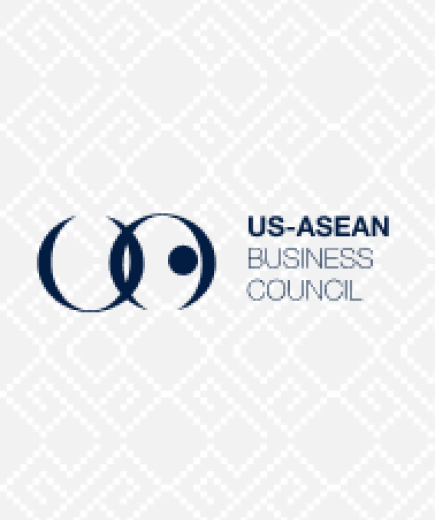
![Cover-[USABC-Final]-Driving-ASEAN-Unity-Malaysia's-Vision-for-2025](/sites/default/files/2025-07/Cover-%5BUSABC-Final%5D-Driving-ASEAN-Unity-Malaysia%27s-Vision-for-2025.jpg)
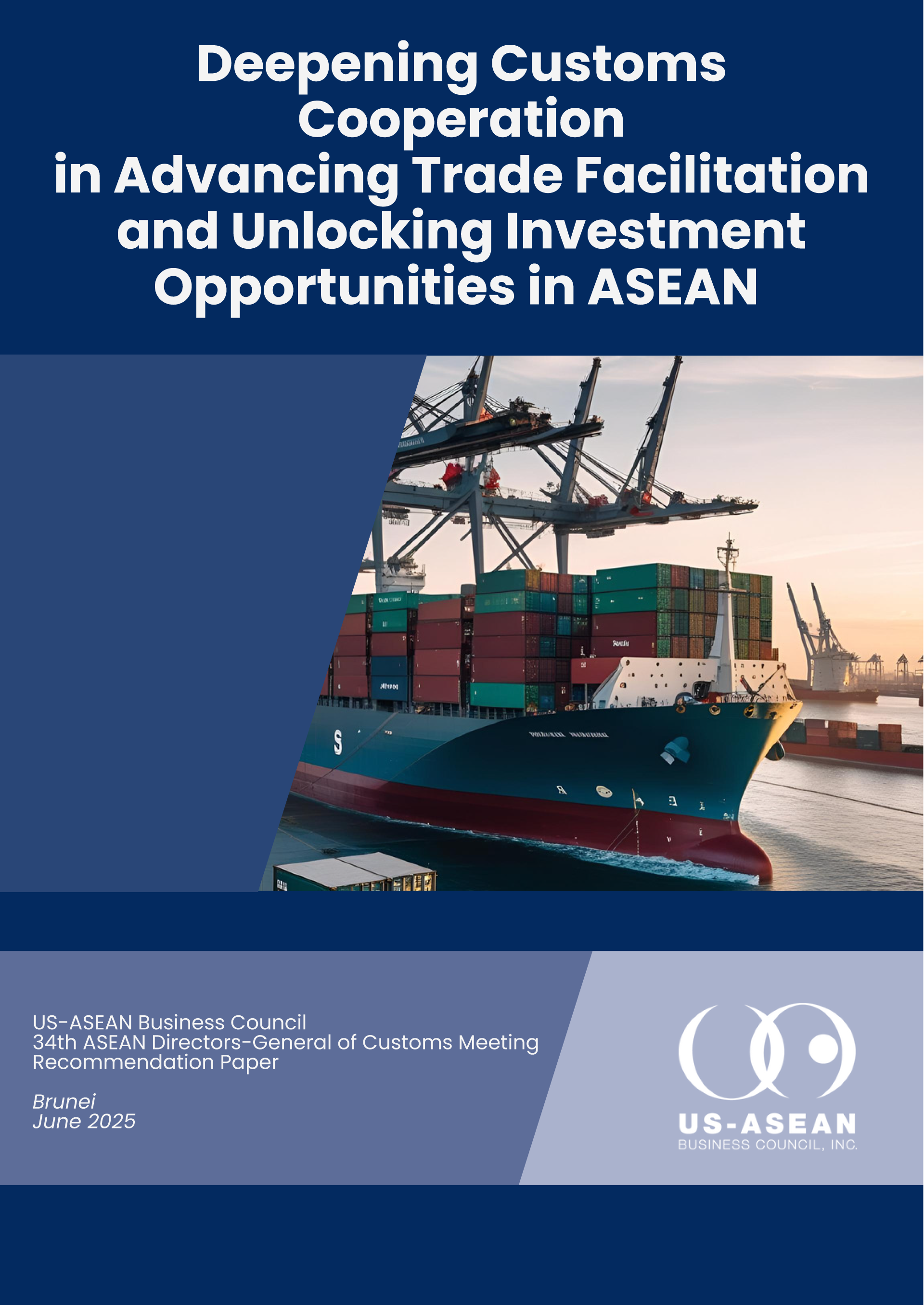
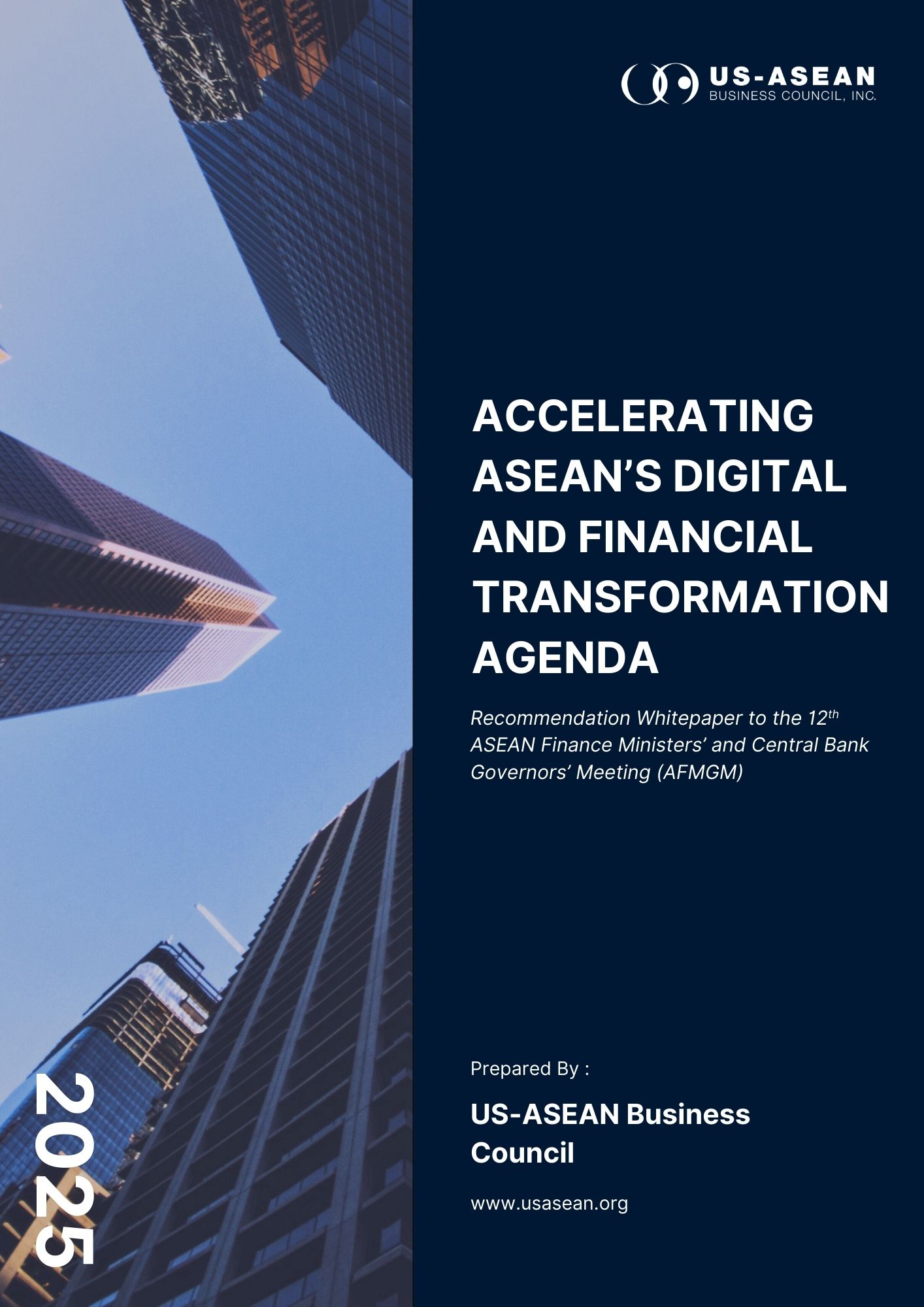
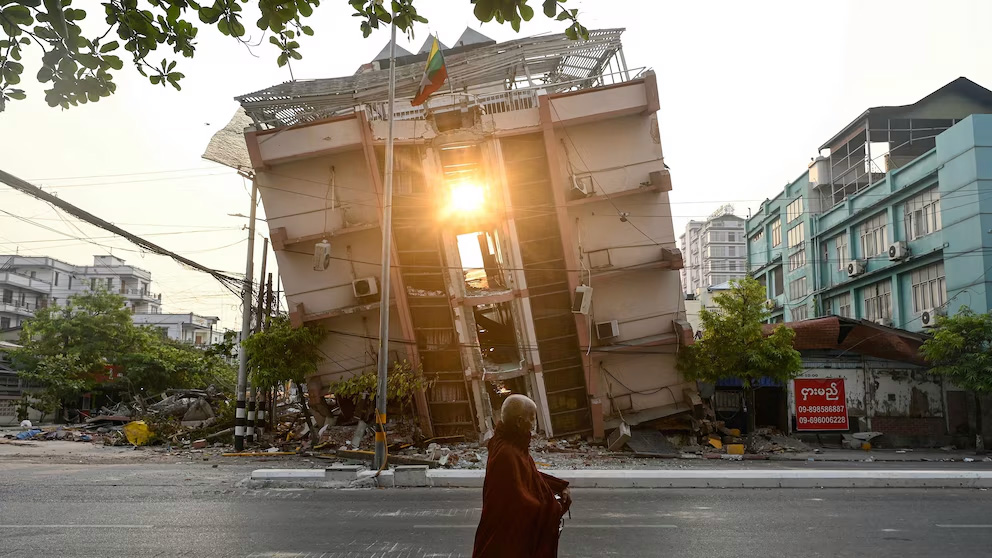
![Cover-[USABC-Final]-Driving-ASEAN-Unity-Malaysia's-Vision-for-2025](/sites/default/files/styles/latest_updates_small/public/2025-07/Cover-%5BUSABC-Final%5D-Driving-ASEAN-Unity-Malaysia%27s-Vision-for-2025.jpg?itok=SE1F1mwK)

